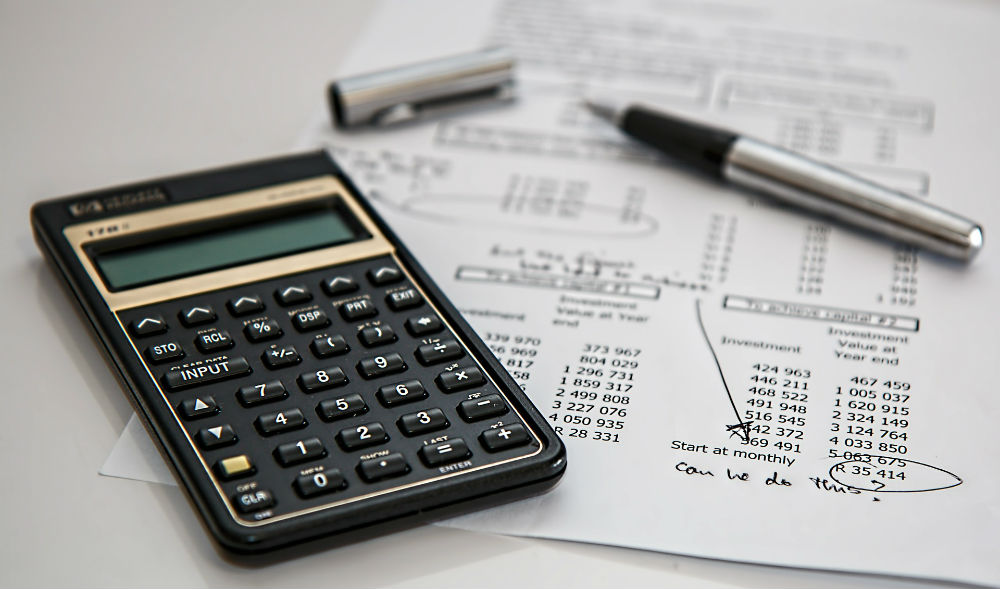Companies that market services know that the time spent creating budgets is a necessary evil. What about companies that market products? Do they have to make budgets? You can opt for the proforma invoice. If this term is unknown to you, we explain what it is, how it is used how to create and what the advantages of the proforma invoice are.
Proforma invoice or budget?
In fact, they are practically the same document, the budget is more used in services, and the proforma invoice when it comes to products.

Which is proforma invoice?
The pro forma invoice is a non-tax document, identical to a commercial invoice in the content, which serves as a “simulation”. It provides an accurate description of the products or services to be transacted. The information that must be included in a pro forma invoice is:
- Name and address of seller and buyer;
- Transaction items;
- Unit and total price;
- Weight and dimensions of the goods;
- Transaction and payment terms;
- Transport costs, insurance, etc.;
- Expected delivery date;
- Expiration date;
- VAT rate applied;
- Discounts, if applicable.
In addition, the pro forma invoice must always be identified as such, and must contain the above information.
Are you worried about how to make a professional invoice? There is a professional invoice maker for small business, such as you can try Billdu.
What are the advantages?
Using a proforma invoice brings advantages especially in the case of international transactions, but not only. As standardised, and very detailed, proforma invoices are documents that are easier to analyse than budgets.
In the case of sale of goods abroad, the proforma invoice helps with customs control, informing both the authorities and the acquirer about the details of the merchandise. Having different currencies also helps to compare costs.
In all cases, the proforma invoice may be the missing factor to make a buyer change his mind, giving him an accurate picture of what he can expect from the seller and the good he intends to acquire.
In addition, the proforma invoice helps you to make a cash forecast.
When should it be used?
As noted above, pro forma invoices should be used in case of international transactions, but also in domestic business transactions. Sometimes, it is provided only when requested. However, since it is not necessary to pay VAT on pro forma invoices, they can be issued whenever deemed necessary.
When the buyer agrees to the terms described in the proforma invoice, it is only to issue an invoice-receipt, with the same data and information – the latter, already constitutes a document with associated fiscal value. Please note that a pro forma invoice is not required to have a corresponding commercial invoice.
How to create a step-by-step invoice
Because it is a commercial document, invoices must contain elements that accurately describe the business relationship that originated the document. For this, in addition to being dated and numbered sequentially invoices should also contain:
- Identification of your company (supplier): Name, address and tax identification number;
- Full customer identification: (Name, address and tax identification number);
- Itemised breakdown of goods or services billed as product name, quantity sold, price per unit and total price on invoice.
- The service invoices must include the name of the service provided with a brief description of the type of work and the hourly or fixed value.
- Deadlines: The invoice payment deadlines usually occur 30 days after the issuance of this commercial document. The establishment of a deadline for payment helps the supplier and the customer to arrange for payment or receipt, serving as an instrument of financial control for both parties.
- The tax rates applied and the tax due;
- In case of absence of taxation, indicate the reason for the exemption.

